The supermassive black hole at the center of our Milky Way galaxy is quiet right now, that is, it is not actively feeding on nearby gas and dust, to say nothing of planets and stars. All of the supermassive black holes in the galaxies close to ours are like that, quiet.

As we look at galaxies further away, the picture changes. The supermassive black holes in distant galaxies are usually surrounded by an ‘accretion disk’ of matter that is slowly falling into the black hole. The energy released by all of that matter falling into the black hole causes the accretion disk to shine as brightly as thousands or even millions of stars. These radiating objects are technically known as ‘Active Galactic Nuclei’ or AGN and are among the brightest objects in the Universe.
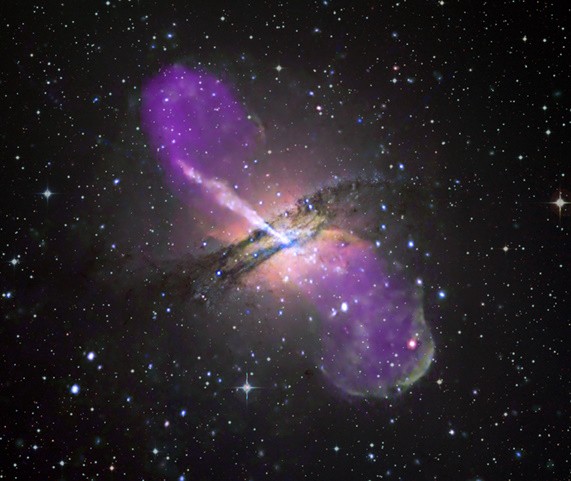
Now remember in astronomy the further away you look from Earth the further back in time the object you’re seeing is. The brightest star Sirius is about ten light years away so the light you see it by took ten years to reach your eye so what you are seeing is Sirius as it looked ten years ago. The same is true of the pole star Polaris, which is about 500 light years away. When you look at Polaris in the night sky you are seeing it as it was 500 years ago.

So when astronomers see that the supermassive black holes in nearby galaxies are quiet, that is not feeding, while the supermassive black holes in more distant galaxies are more active it’s telling them that over time those black holes consumed all of the matter close to them and only stopped feeding because there’s nothing left nearby for them to eat. In this way astronomers have been able to model the life cycle of supermassive black holes going from actively feeding to quiet as they deplete the matter around them.
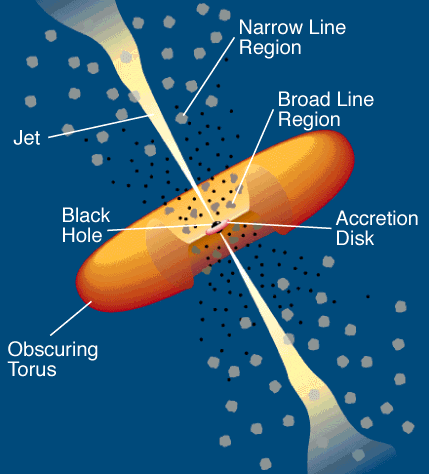
This transition from active to quiet takes a very long time, upwards of a billion years or more making supermassive black holes rather stable objects. It came as something of a shock therefore when in late 2017 the AGN at the center of galaxy 1ES 1927+654 suddenly increased in brightness by a factor of nearly 100 in the visible part of the spectrum. As stated by Nicolas Scepi, a postdoctoral researcher at the University of Colorado and the National Institute of Standards and Technology (NIST) and a member of the team studying 1ES 1927+654, “Normally we would expect black holes to evolve over millions of years.” So unusual was the change in that a large team of astronomers working across the electromagnetic spectrum from radio waves to X-rays was quickly assembled to investigate 1ES 1927+654 at every wavelength.
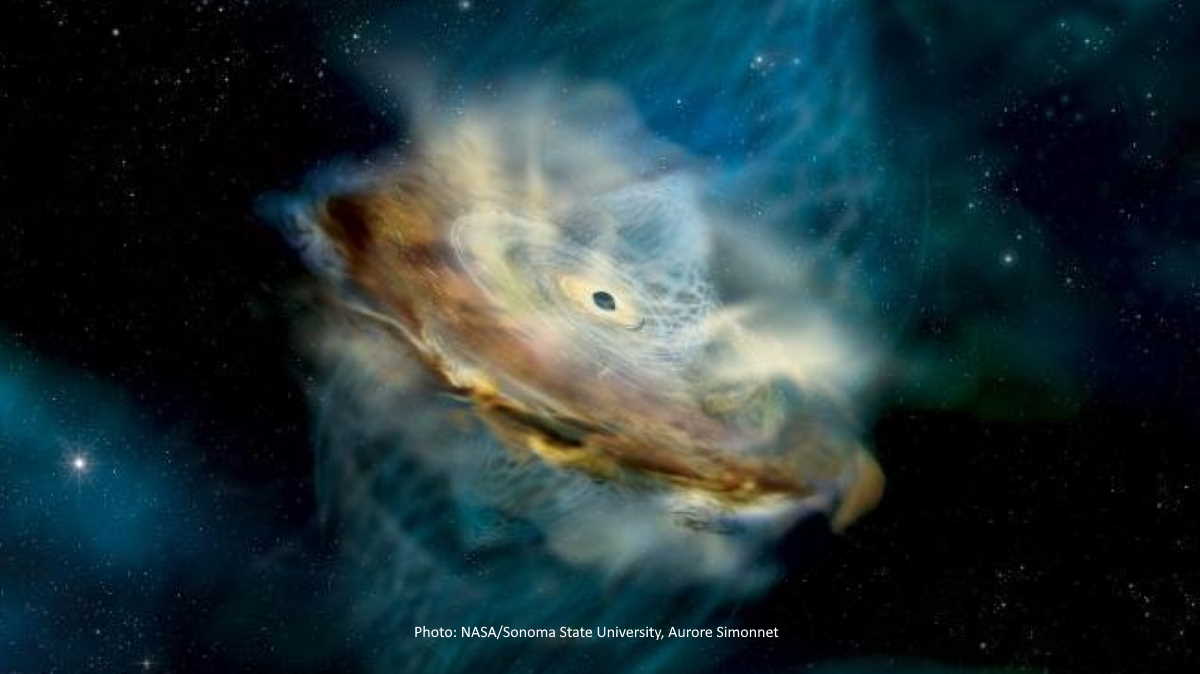
What the researchers found was that, even as the brightness of 1ES 1927+654 increased by a factor of 100 in both the visible and ultra-violet (UV) portions of the spectrum it decreased by a factor of 1000 in the X-ray spectrum. The observation that the intensity of UV and X-rays went in opposite directions was in itself a surprise, as the strength of X-rays and UV generally go hand in hand.
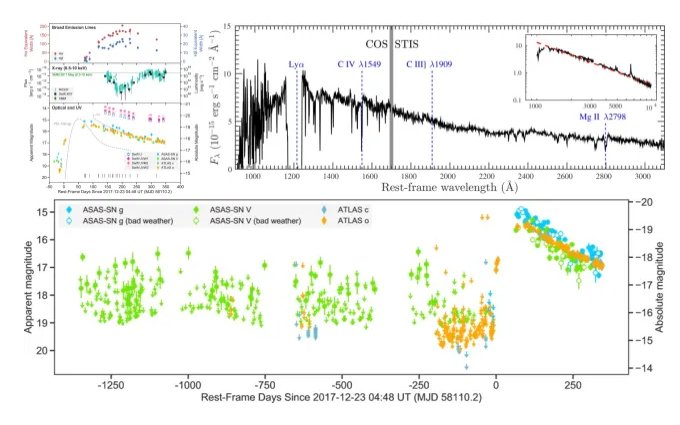
But that unexpected decrease in X-ray output was the clue that Doctor Scepi and his colleagues at the University of Colorado needed to solve the puzzle of 1ES 1927+654. In a paper published in the Monthly Notices of the Royal Astronomical Society the astro-physicists argue that the magnetic field generated by the charged particles making up the accretion disk around the supermassive black hole flipped its north and south poles causing the change in the AGNs brightness.
Now scientists already know of two astronomical bodies whose magnetic field flips their poles on occasion. The Sun’s magnetic field flips as a part of its eleven year sunspot cycle. The Earth’s magnetic field also cycles back and forth although the cycle is much longer, the best estimates being about every 200,000 years and we are now overdue for such a flip. See my post of February 8th, 2017 concerning evidence that Earth’s field is currently starting just such a flip. Whether or not other stars and planets, Jupiter perhaps, also flip their magnetic fields is the subject of active research among astronomers and astro-physicists.
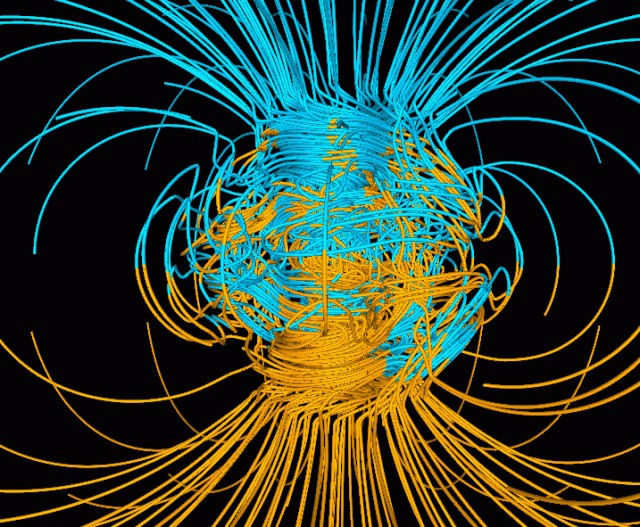
For the accretion disk of an AGN to flip its magnetic field was unexpected however. The theory put forth by Scepi and his colleagues suggests that new matter being pulled into the accretion disk possesses the opposite orientation of the existing magnetic field, weakening and then flipping it. The team’s calculations showed that the result of the flip would be an increase in the visible and UV spectra at the expense of X-rays, exactly what was observed in 1ES 1927+654.
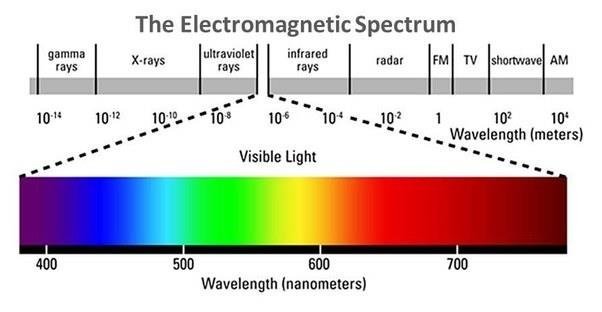
If one AGN can flip its magnetic field can’t others. The behaviour exhibited by 1ES 1927+654 may actually be fairly common, astronomers simply haven’t been looking for it. But they certainly will be now that they know what to look for. I think before long astronomers will have found few more oddly behaving AGN and they will provide more data to help the theorists refine their models of their magnetic fields.
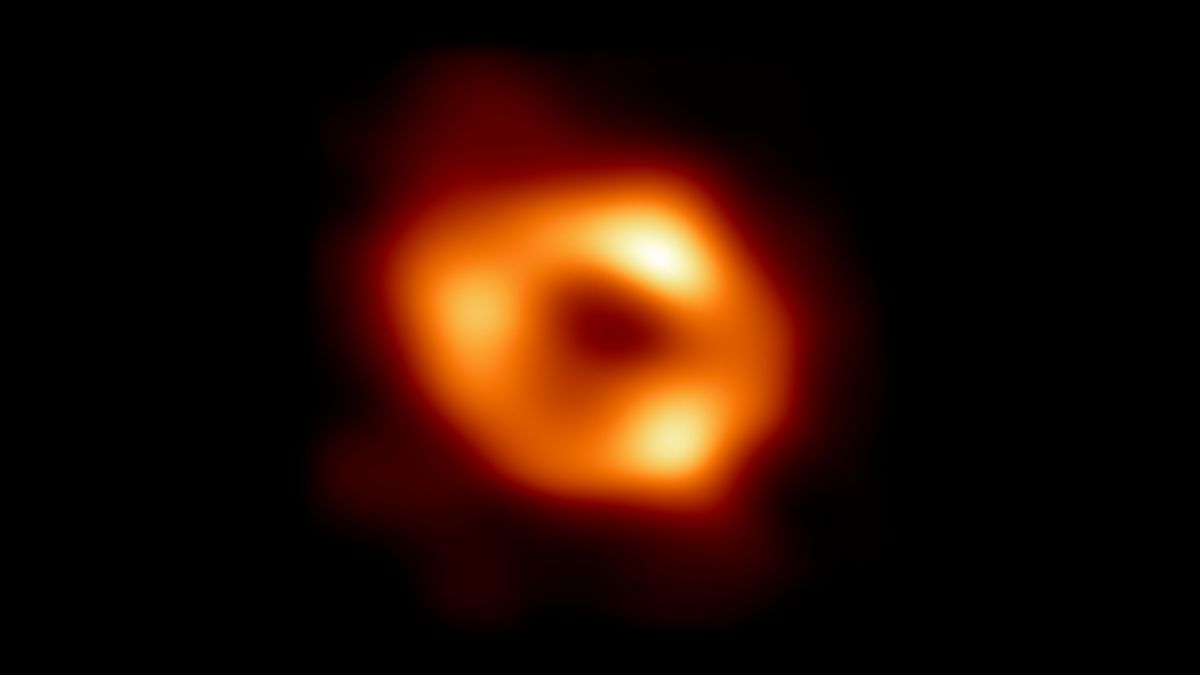
Even as I was writing this post the Event Horizon Telescope, the same group who gave us the first picture of a black hole back in 2019, see my post of 17th of April 2019, have accomplished the same feat with the supermassive black hole at the center of our Milky Way galaxy. The black hole, known officially as Sagittarius A, is quiet now, its accretion disk is very small. Nevertheless the information gathered from the new image will tell us a great deal as we continue to try to understand the mysteries of Supermassive Black Holes.
